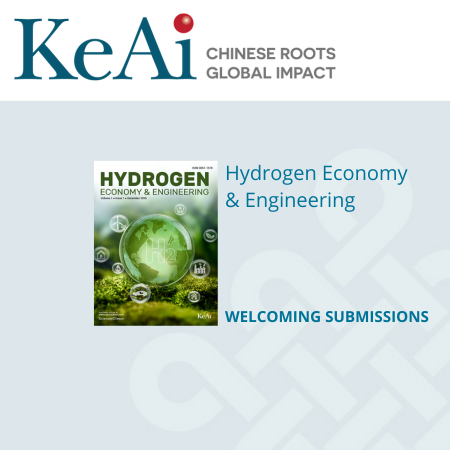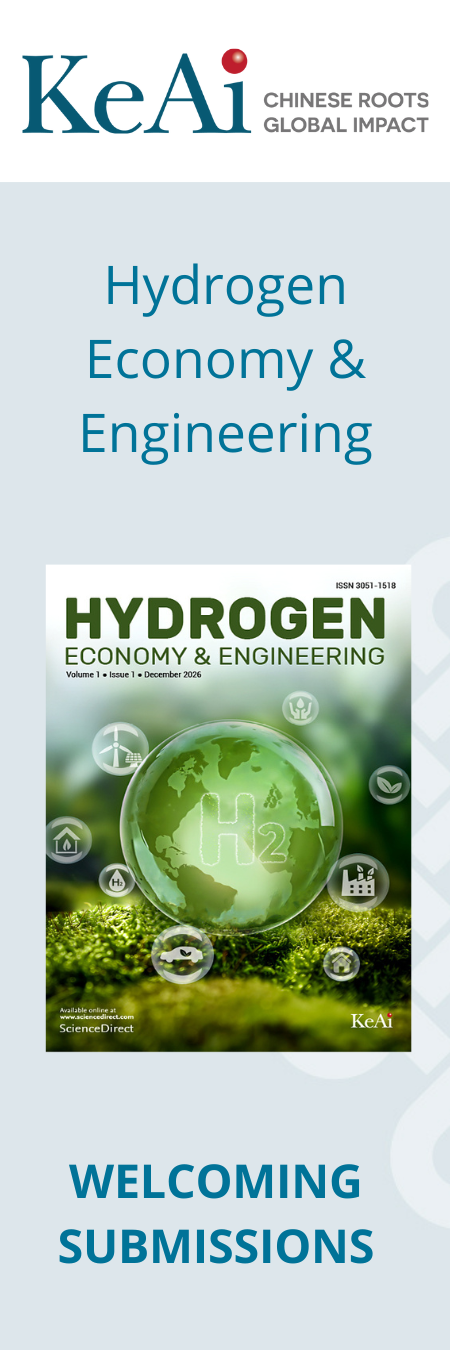Researchers develop simple and scalable method of generating formate
Published 11 January, 2022
Among carbon dioxide (CO2) conversion technologies, electrocatalytic CO2 reduction reaction (CO2RR) offers a promising route for realising renewable energy storage and carbon neutralisation. In addition, formate, a salt or compound of formic acid generated by CO2RR, has evolved into a valuable commodity. Formate is now widely used in the leather and pharmaceutical industries and has become an economically important feedstock for animals. In addition, it is considered an excellent hydrogen storage carrier and provides the raw material for direct formic acid fuel cells, which power small, portable electronics such as phones, as well as larger fixed power applications and vehicles.
Due to its environmentally-friendly properties and low costs, researchers have been exploring how the metal tin (Sn) and its oxide can be used in formate production. However, to date, the methods suggested generally involve complex processes and lengthy production times, which restrict their large-scale industrial application.
In a study published in the KeAi journal Green Chemical Engineering, researchers used a one-step electrochemical anodic oxidation (AO) method to synthesise the nanoporous tin oxide using tin foil as the raw material. AO is a scalable, simple and efficient alternative for the preparation of nanoporous tin oxide, providing large specific surfaces, high porosity, and abundant grain boundaries. The researchers achieved a formate partial current density of 285 mA·cm-2 in a flow cell, with selectivity of 96.4%.
Co-corresponding author Sheng Zhang, from Tianjin University in China, explains: “Using nanoporous tin oxides in this process increased the selectivity of formate. In addition, in combination with flow cell architecture, we were able to simultaneously achieve high formate selectivity and current density. Importantly, this process didn’t involve complex preparation processes and a large time investment, which makes it a promising candidate for large-scale industrial production.”
###
Contact the corresponding author: Sheng Zhang, sheng.zhang@tju.edu.cn


